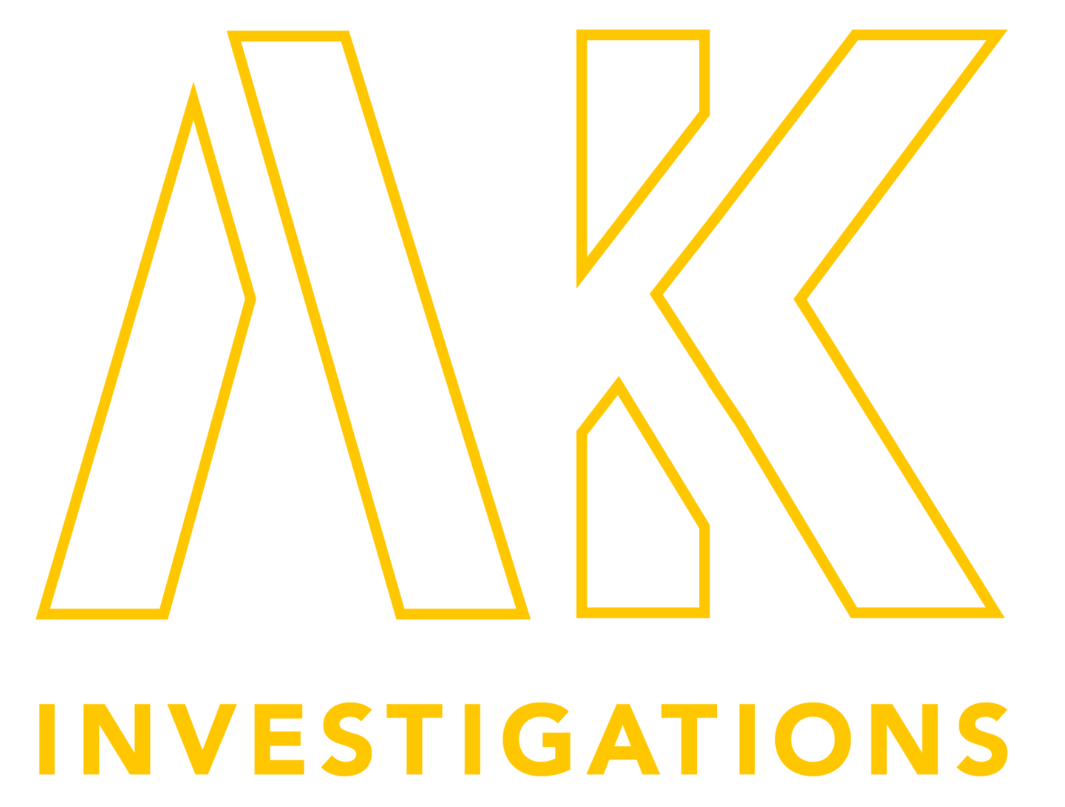What is Trauma-Informed Interviewing?
If you work in the legal field, you are working with traumatized people—your client, witnesses, accusers, and even you. All of us have experienced trauma in some form or fashion. It’s part of being a human.
Understanding how trauma affects people is crucial for effective and compassionate communication. That's what trauma-informed interviewing is all about.
You might have heard of trauma-informed interviewing, but what is it and why is it important?
It’s an approach that helps us talk to someone who's been traumatized in a way that is safe and supportive for them. It's designed to get important information without making the trauma worse.
How do we define “trauma”?
According to the Substance Abuse and Mental Health Services Administration (SAMHSA), trauma is an event, or series of events, that someone finds physically or emotionally harmful or life-threatening, and that has long-term effects on their well-being.
Here are some key aspects of trauma-informed interviewing:
Awareness of Trauma: It's important to recognize signs of trauma and understand how it can affect people.
Creating Safety: Making sure the person feels safe and respected is the first step. This means building trust and ensuring they feel comfortable.
Empowerment and Choice: Letting the person have some kind of control over the interview makes them feel more comfortable. They can choose where to sit, how they want to communicate, and when to take breaks.
Respect and Sensitivity: Approaching the conversation with empathy and understanding makes a big difference.
Understanding Trauma Responses: Knowing how people might react because of their trauma helps us adjust our approach.
While it's impossible to ensure that re-traumatization never occurs, becoming more informed about trauma can reduce the likelihood and severity of such instances.
Remember, the goal is to minimize harm while engaging in necessary, albeit difficult, conversations.
Educating yourself about this approach helps foster a respectful and empowering dialogue that can lead to better outcomes for all involved.
